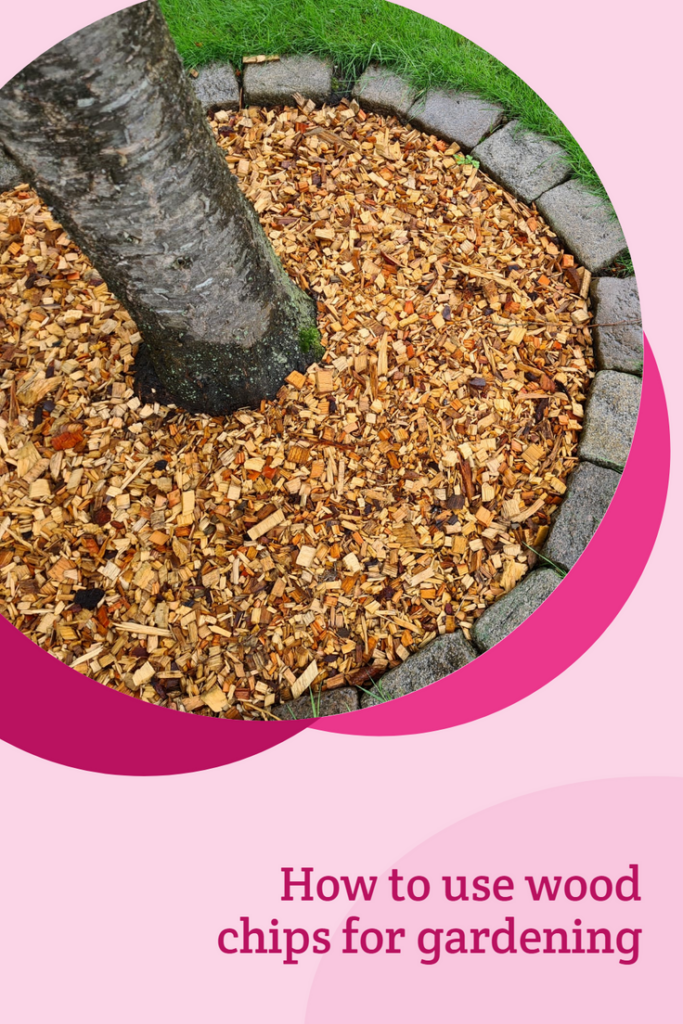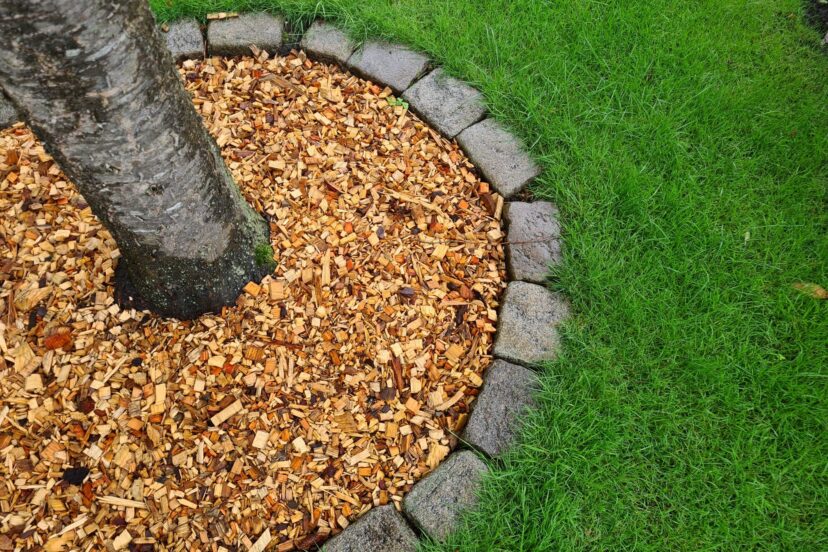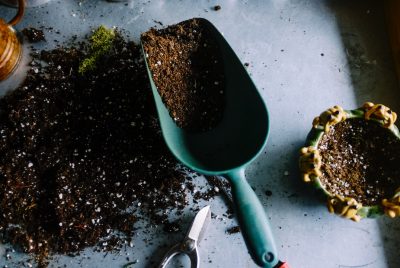How to use wood chips for gardening?
Deprecated: The PSR-0 `Requests_...` class names in the Requests library are deprecated. Switch to the PSR-4 `WpOrg\Requests\...` class names at your earliest convenience. in /home/littlegr/public_html/wp-includes/class-requests.php on line 24
As a gardening enthusiast, I have discovered the wonders of using wood chips to not only beautify my garden, but also enhance the health and vitality of my garden. In this article, I will share insights into the benefits, types, and best practices of using wood chips for gardening. From improving soil structure to conserving water and suppressing weeds, wood chips offer a plethora of advantages. However, it is essential to understand the potential drawbacks and avoid common mistakes to make the most of this natural mulching technique.
What are wood chips?
Wood chips are small pieces of wood obtained from pruned branches, tree trimmings, or discarded logs. They come in various sizes and shapes and can be made from different tree species. These wood chips serve as an organic and sustainable mulching material that can be applied to garden beds and pathways.
The Benefits of Using Wood Chips in Gardening
Wood chips offer numerous benefits that contribute to a thriving garden ecosystem. Let’s explore some of the advantages:
1) Improved Soil Structure and Aeration
When applied as mulch, wood chips gradually break down, improving soil structure and aeration. This enhances the soil’s ability to retain moisture and nutrients, providing a healthy environment for plant roots.
2) Moisture Retention and Weed Suppression
Wood chips act as a natural barrier, reducing water evaporation from the soil surface. This moisture retention minimizes the need for frequent watering and helps plants survive drought periods. Additionally, wood chips suppress weed growth by blocking sunlight, reducing competition for resources.
3) Nutrient Recycling and Fertilization
As wood chips decompose, they release nutrients back into the soil, supporting plant growth. This natural fertilization process enriches the soil with essential elements, promoting healthier and more robust plants.
Types of Wood Chips
There are different types of wood chips available for gardening, and each offers unique characteristics. Common options include hardwood chips, softwood chips, and mixed wood chips. Hardwood chips are durable and break down more slowly, making them ideal for long-lasting mulching. Softwood chips decompose faster and are suitable for short-term gardening needs.
Preparing the Garden Bed for Wood Chips
Before applying wood chips, it’s essential to prepare the garden bed properly. Follow these steps to create an ideal environment for your plants:
1) Clearing Debris and Weeds
Start by clearing the garden bed of any debris, rocks, and weeds. This ensures that the wood chips make direct contact with the soil and do not trap unwanted materials.
2) Mulching with Compost (Optional)
Optionally, consider applying a layer of compost to the garden bed before adding the wood chips. The compost adds additional nutrients and beneficial microorganisms to the soil, enhancing plant health.
Applying Wood Chips to the Garden
Once the garden bed is prepared, it’s time to apply the wood chips. Spread an even layer of wood chips on the soil surface, leaving some space around the stems of plants to prevent direct contact. For most garden beds, a wood chip layer of 2 to 4 inches is ideal. In vegetable gardens, a thicker layer may be necessary to suppress weeds effectively.
Avoiding Common Mistakes
While wood chips are a fantastic mulching option, there are some common mistakes to avoid to achieve the best results:
1) Overmulching
Applying an excessively thick layer of wood chips can lead to nitrogen tie-up in the soil, making it less available to plants. Maintain the recommended depth to prevent nutrient deficiencies.
2) Choosing the Wrong Type of Wood Chips
Selecting the appropriate wood chip type is crucial. Hardwood chips are better suited for long-term mulching, while softwood chips are suitable for short-term projects.
3) Placing Wood Chips Too Close to Plant Stems
Avoid piling wood chips around the base of plants, as this can create a moist environment, promoting disease and pest issues. Leave some space around the stems for better air circulation.
Pros of Using Wood Chips
Using wood chips in gardening offers a range of advantages that contribute to garden health and sustainability:
Improved Soil Health: The gradual decomposition of wood chips enriches the soil with nutrients and organic matter, fostering a healthier soil environment for plants.
Reduced Watering Needs: Wood chips act as a natural mulch, retaining soil moisture and reducing the frequency of watering.
Weed Suppression: The thick layer of wood chips inhibits weed growth by blocking sunlight and reducing weed competition.
Long-Lasting Mulch: Hardwood chips decompose slowly, providing long-lasting mulching benefits.
Eco-Friendly Option: Utilizing wood chips as mulch is a sustainable practice, as it repurposes tree trimmings and reduces the need for synthetic materials.
Cons of Using Wood Chips
While wood chips offer numerous benefits, there are some potential drawbacks to consider:
Nitrogen Tie-Up: Wood chips can temporarily tie up nitrogen in the soil during the decomposition process, leading to nutrient deficiency in plants.
Slower Decomposition of Organic Matter: Hardwood chips take longer to break down, which may be undesirable if you prefer quicker soil improvement.
Potential Pest Habitat: In some cases, wood chips can create a habitat for pests and fungi. Regularly inspect the garden bed to address any pest issues promptly.
Best Practices for Using Wood Chips in Different Garden Areas
Different garden areas have specific requirements for wood chip application. Consider the following best practices:
Vegetable Gardens: Apply a thicker layer of wood chips in vegetable gardens to control weeds effectively. Avoid direct contact with plant stems.
Flower Beds: A layer of wood chips in flower beds adds aesthetic appeal and helps conserve moisture.
Fruit Trees and Shrubs: Place wood chips around fruit trees and shrubs, leaving some space around the trunk to prevent rotting.
Pathways and Walkways: Wood chips are an excellent material for natural garden pathways, providing a comfortable surface for walking.
Maintaining Wood Chips in the Garden
To ensure the longevity of wood chips’ benefits, follow these maintenance practices:
Top Dressing with Compost: Periodically add a thin layer of compost over the wood chips to provide additional nutrients for the soil.
Replenishing Wood Chips as Needed: As wood chips break down, replenish the layer to maintain an effective mulching depth.
Parting Words
Using wood chips in gardening is a sustainable and beneficial practice that enhances soil health, conserves water, and suppresses weeds. When applied correctly and in moderation, wood chips can significantly contribute to a thriving garden ecosystem. Remember to avoid common mistakes and select the right type of wood chips for your gardening needs. By following the best practices outlined in this article, you can enjoy the beauty and abundance of a well-mulched garden.
FAQs
- Can I use wood chips as mulch for my vegetable garden? Yes, wood chips can be used as mulch for vegetable gardens. Apply a thicker layer to suppress weeds effectively and retain moisture.
- How often should I replenish the wood chip layer in my garden? Replenish the wood chip layer every 1 to 2 years or as needed, depending on the rate of decomposition.
- Do wood chips attract pests and fungi? In some cases, wood chips can create a habitat for pests and fungi. Regularly inspect your garden and address any pest issues promptly.
- Can I use softwood chips for long-term mulching? Softwood chips break down more quickly than hardwood chips, making them suitable for short-term mulching or areas where soil improvement is not a priority.
- What is the ideal depth for applying wood chips in a garden bed? The ideal depth for wood chips in most garden beds is 2 to 4 inches. Thicker layers may be needed in vegetable gardens for effective weed suppression.





